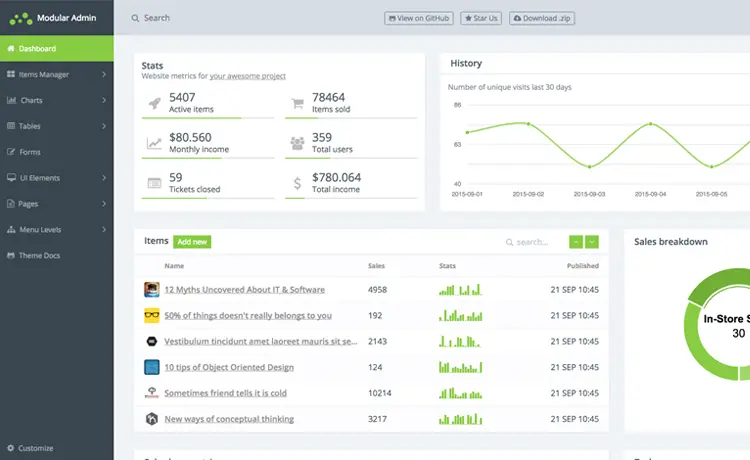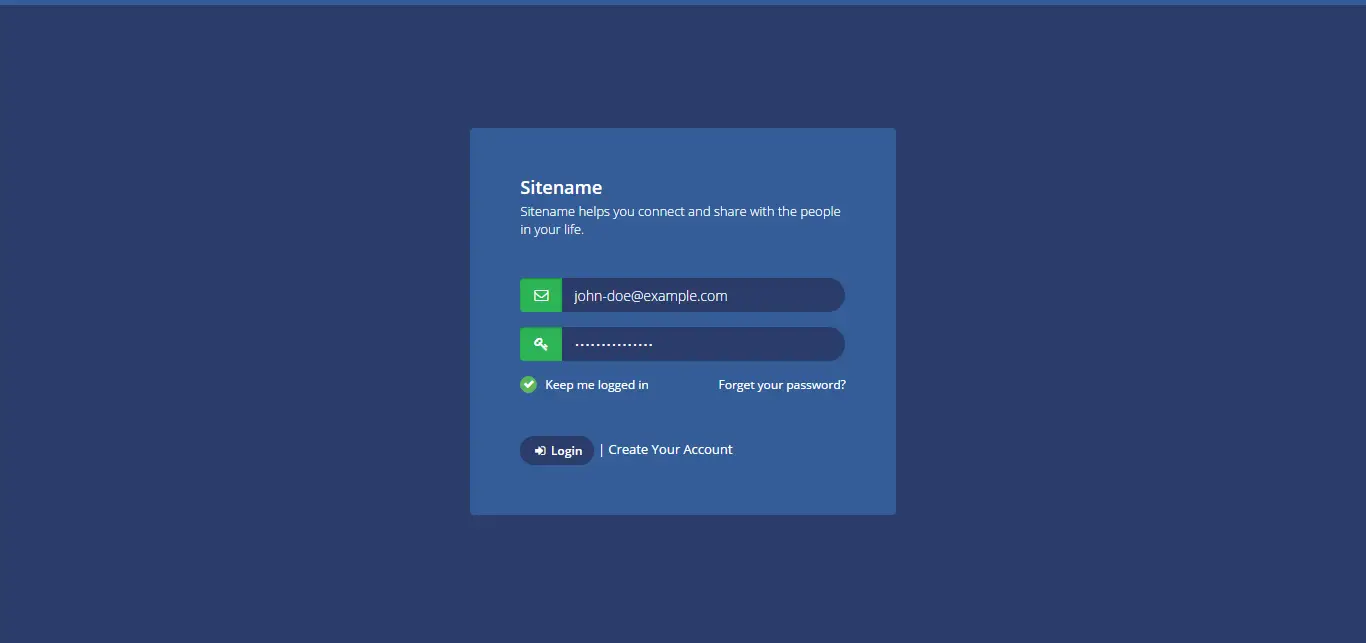To verify if the cookie has been written correctly, you can check the cookie cache in your web browser.
Using cookies in ASP.NET Core
By Tan Lee Published on Jan 07, 2025 535
Cookies are structured as key-value pairs, which allow users to read, write, or delete them using the keys.
ASP.NET Core utilizes cookies to manage session state, with the session ID being sent to the client in the cookie with every request.
Read a cookie in ASP.NET Core
In ASP.NET Core, cookies can be read from the Request.Cookies collection using a specified key.
string cookie = Request.Cookies["Key"];
To set a cookie with an expiration time, the Append method can be used with a CookieOptions object.
CookieOptions option = new CookieOptions(); option.Expires = DateTime.Now.AddMilliseconds(15); Response.Cookies.Append(key, value, option);
The CookieOptions class allows you to set additional cookie properties, including the domain, expiration time, path, security policy (HTTPS access), and whether the cookie is restricted to server access only (HttpOnly).
Writing a cookie in ASP.NET Core
To write a cookie, you can use the Append method of the Response.Cookies collection.
Response.Cookies.Append(somekey, somevalue);
Deleting a cookie in ASP.NET Core
To remove a cookie, you can use the Delete method of the Response.Cookies collection.
Response.Cookies.Delete(somekey);
Access HttpContext in ASP.NET Core
In this section, we will explore how to work with cookie data in ASP.NET Core.
To access the Request object, you'll need to access the HttpContext. This can be done using the IHttpContextAccessor interface, which is implemented by the HttpContextAccessor class.
First, register the IHttpContextAccessor for dependency injection.
For example, how to add a singleton service for HttpContextAccessor in the ConfigureServices method of the Startup class:
public void ConfigureServices(IServiceCollection services)
{
services.AddSingleton<IHttpContextAccessor, HttpContextAccessor>();
// Other code
}Next, use dependency injection to obtain a reference to the IHttpContextAccessor instance, which will give you access to HttpContext.
For example, how to access the IHttpContextAccessor in a controller.
public class HomeController : Controller
{
private readonly IHttpContextAccessor _httpContextAccessor;
public HomeController(IHttpContextAccessor httpContextAccessor)
{
this._httpContextAccessor = httpContextAccessor;
}
// Write your action methods here
}Writing cookie data in your ASP.NET Core
You can use the following method in your controller to write cookie data:
public IActionResult Write(string key, string value, bool isPersistent)
{
CookieOptions options = new CookieOptions();
if (isPersistent)
options.Expires = DateTime.Now.AddDays(1);
else
options.Expires = DateTime.Now.AddSeconds(15);
_httpContextAccessor.HttpContext.Response.Cookies.Append(key, value, options);
return View("WriteCookie");
}Reading cookie data in your ASP.NET Core
After successfully writing the cookie data, you can use the following method to read the cookie data in your controller:
public IActionResult Read(string key)
{
ViewBag.Data = _httpContextAccessor.HttpContext.Request.Cookies[key];
return View("ReadCookie");
}- Implement security headers for an ASP.NET Core
- How to add security headers to an ASP.NET Core Application
- How to Initialize TagHelpers in ASP.NET Core with Shared Data
- Boost Your ASP.NET Core Website Performance with .NET Profiler
- The name 'Session' does not exist in the current context
- Implementing Two-Factor Authentication with Google Authenticator in ASP.NET Core
- How to securely reverse-proxy ASP.NET Core
- How to Retrieve Client IP in ASP.NET Core Behind a Reverse Proxy





